Chemistry > Lab Report > BSC 2011LBSC 2011L Spring 2021 Lab 3 Activity - Biodiversity and water chemistry.Tallahassee Communi (All)
BSC 2011LBSC 2011L Spring 2021 Lab 3 Activity - Biodiversity and water chemistry.Tallahassee Community College
Document Content and Description Below
BSC 2011L Spring 2021 Lab 3: Biodiversity and water chemistry metrics Introduction The health of a water body can be evaluated using both biotic and abiotic factors. Biotic factors include the abun... dance, diversity, and types of macroinvertebrate species living in the water. Abiotic factors include levels of required nutrients or compounds (such as dissolved oxygen) or chemical pollutants (such as nitrates or phosphates). In this lab, you will examine macroinvertebrate data and quantify water chemistry in order to evaluate the health of the TCC pond. You will then use this data to compare the health of the TCC pond between seasons, and come up with explanations for any differences in the diversity or water chemistry between seasons. Part 1. Calculation of Biodiversity Metrics Biological communities can be described many ways, including quantifying characteristics associated with diversity or interactions among species. Quantifying community attributes can allow us to predict how the structure or diversity of a community may change over time, or compare communities to test hypotheses about biotic or abiotic factors that lead to differences in community structure. One main characteristic of biological communities is the diversity of species in the community. Ways to describe communities include species richness (the total number of species in a community) and evenness (the relative abundance of species in a community). The ShannonWeiner diversity index combines these measures to compute one value for diversity, H’. Comparing the H’ values of different communities can potentially address differences in the division of resources, the level of human disturbance, or factors that affect the number or size of species’ niches in a particular area (e.g., climate or resource turnover). Instructions 1. Download the Microsoft Excel file called TCC pond organism and water chemistry data from Canvas 2. For each season (winter vs. summer), determine Species richness (S), which is the total number of species. 3. For each location determine overall diversity using the Shannon-Weiner index (H’). This is calculated by first determining how many individuals there are of each species, then converting this to a proportion of the total number of individuals (pi). Therefore, pi is the proportion of the community made up by the ith species. All the pis are then used in the following formula for H’ (use natural logs): To calculate H’ in Excel (for a video on how to do this, see: https://www.youtube.com/watch?v=0fsZr5U07aw&t=22s) a. Use the SUM function to calculate the total number of trees found in the sample – i.e., sum all of the numbers in the Total column. b. Calculate pi for each species. pi for a particular species is the number of that species in the location, divided by the total number of trees that were found in that are [Show More]
Last updated: 1 year ago
Preview 1 out of 5 pages

Reviews( 0 )
Document information
Connected school, study & course
About the document
Uploaded On
May 30, 2021
Number of pages
5
Written in
Additional information
This document has been written for:
Uploaded
May 30, 2021
Downloads
0
Views
58

.png)





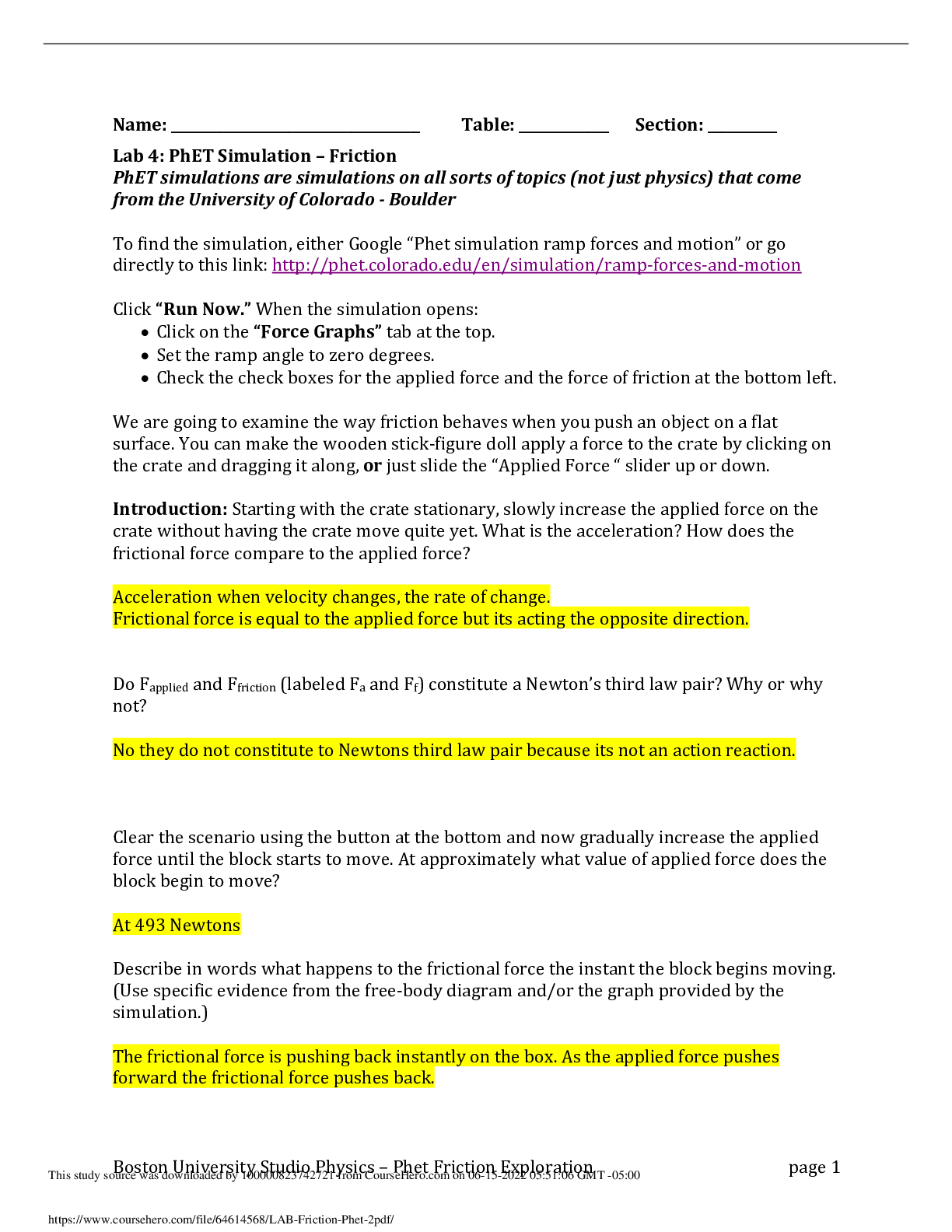

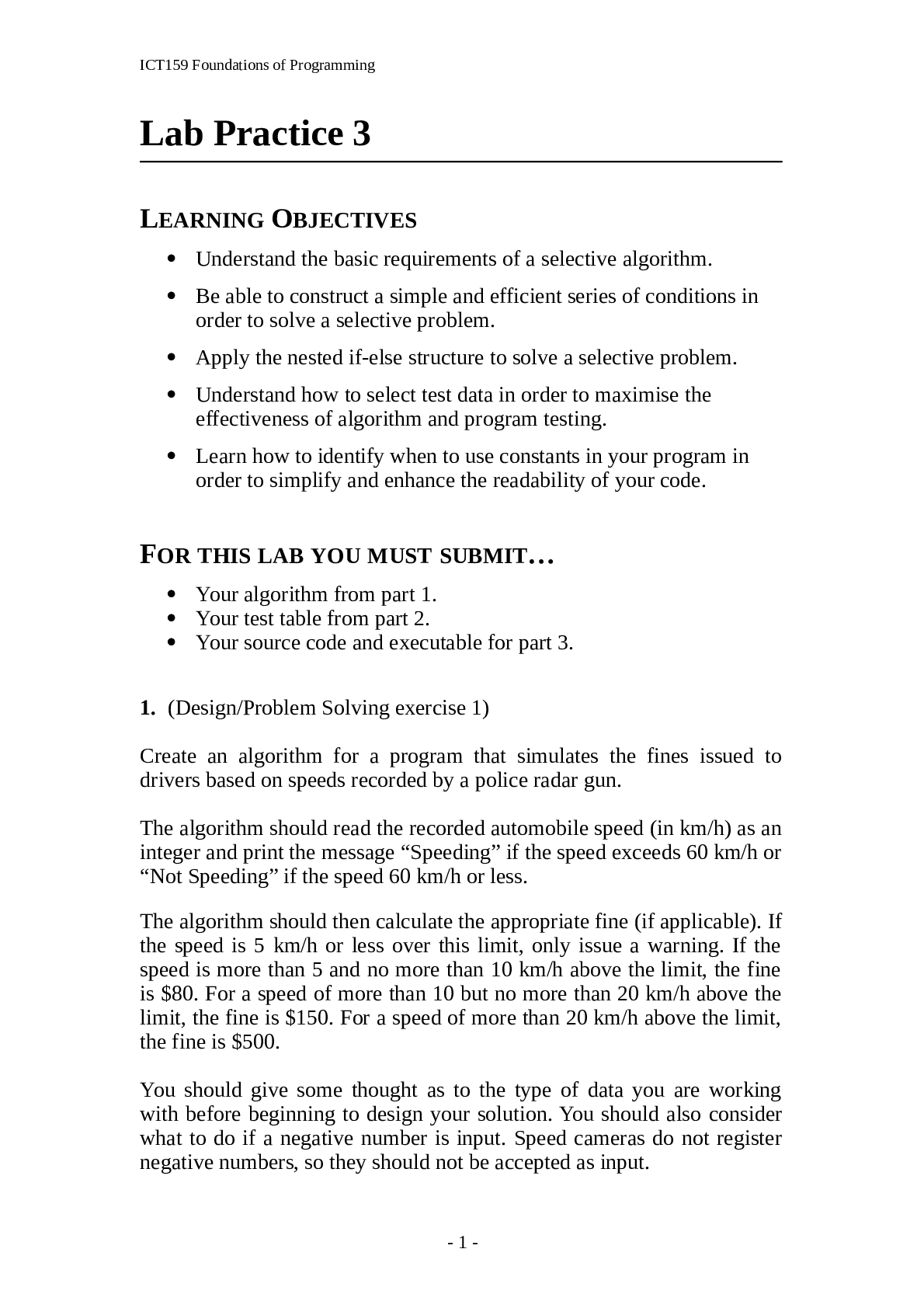
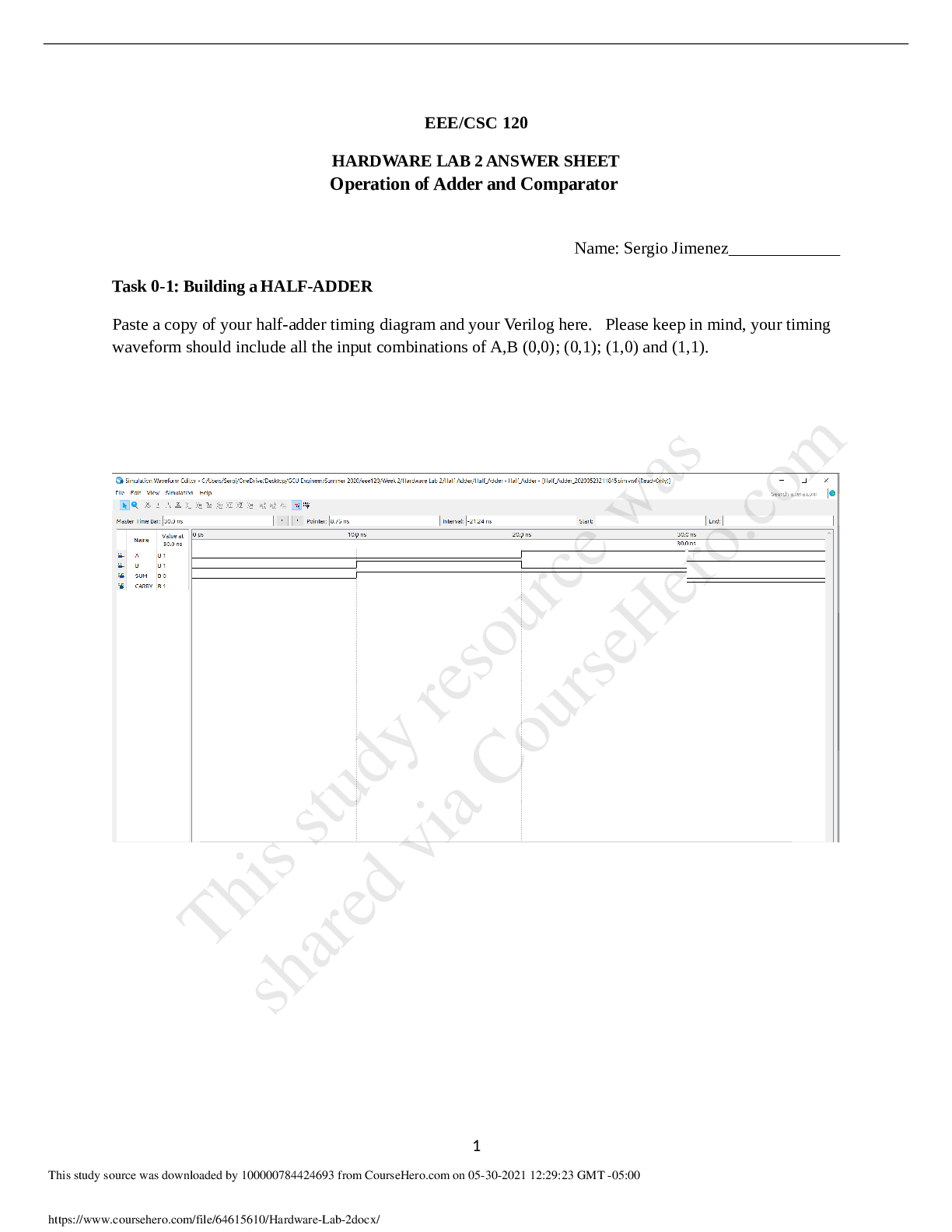
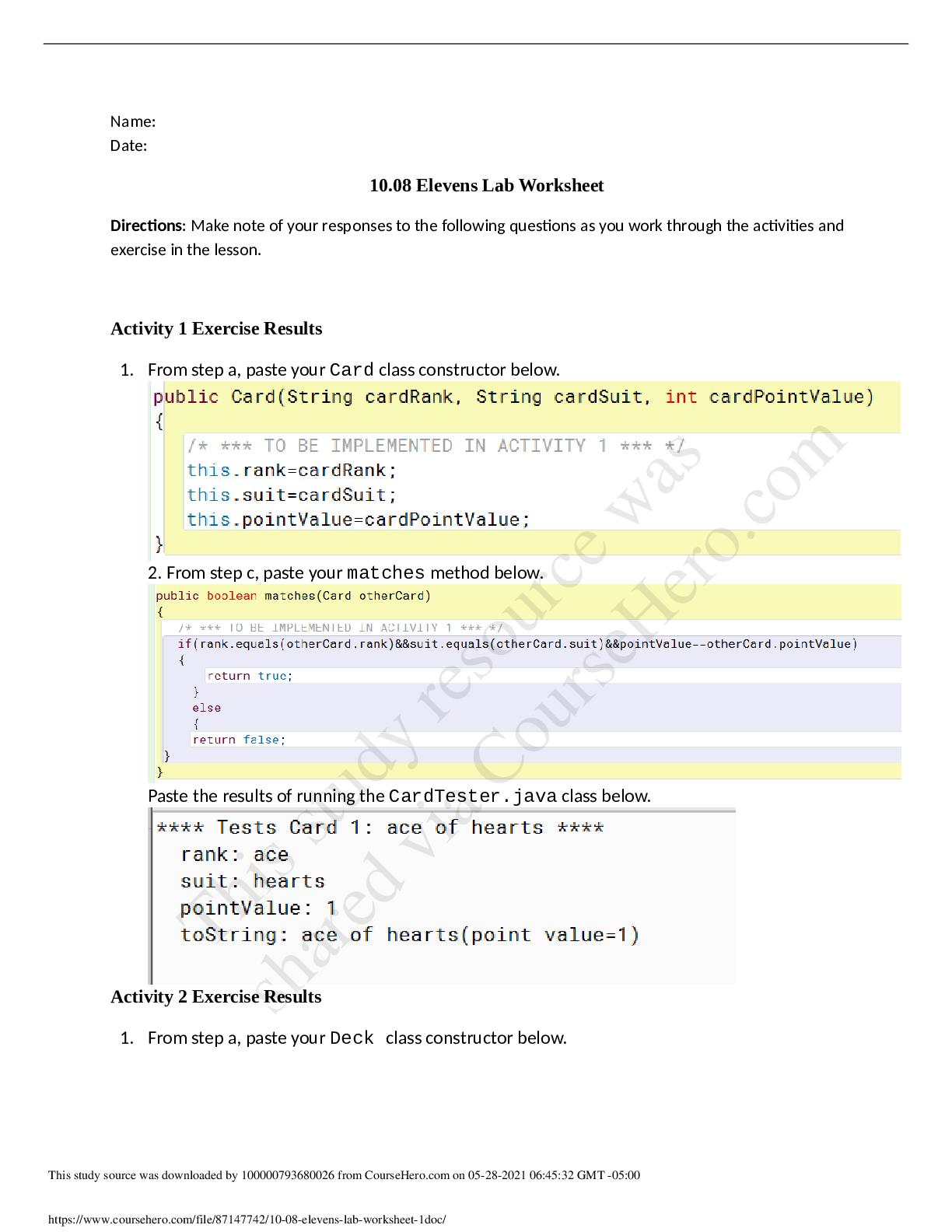
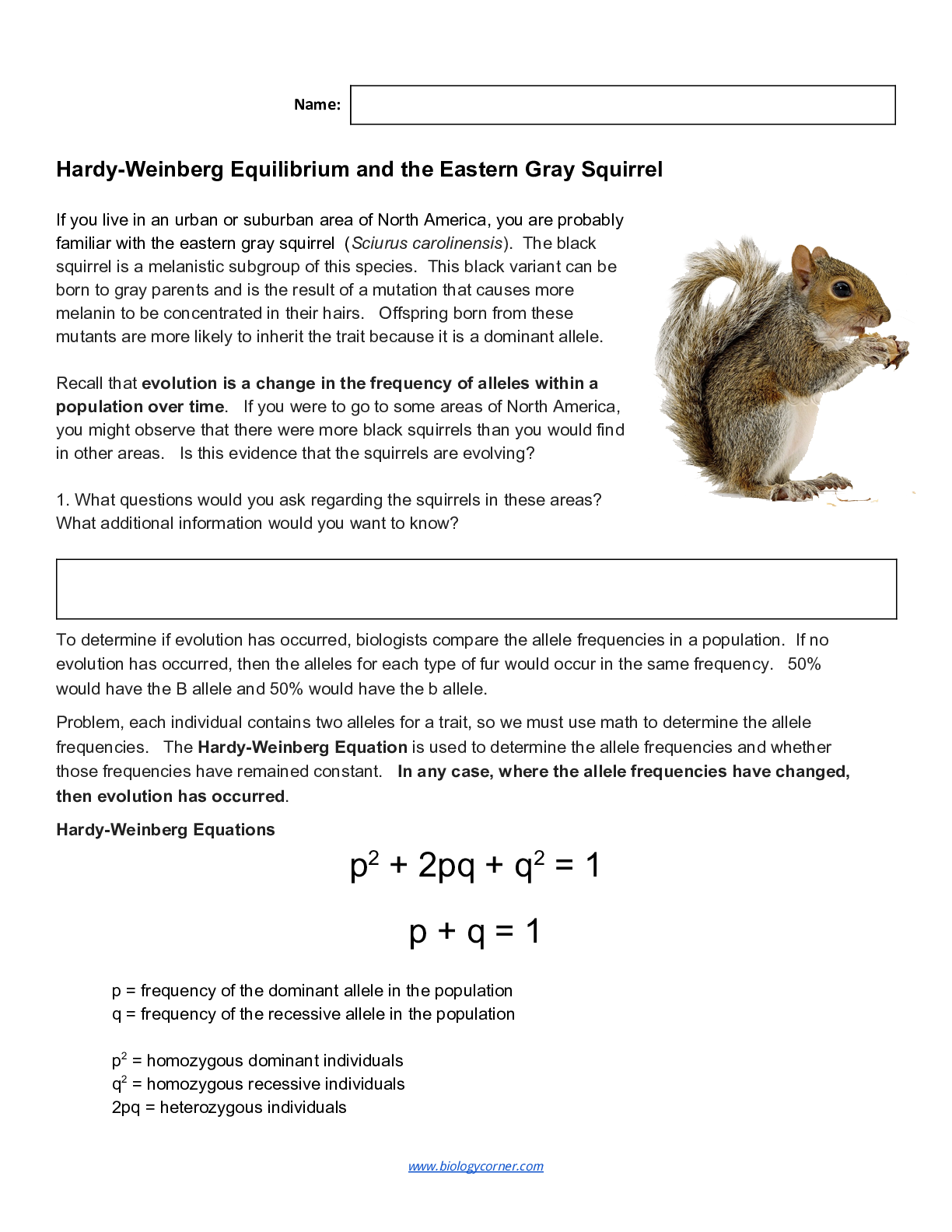


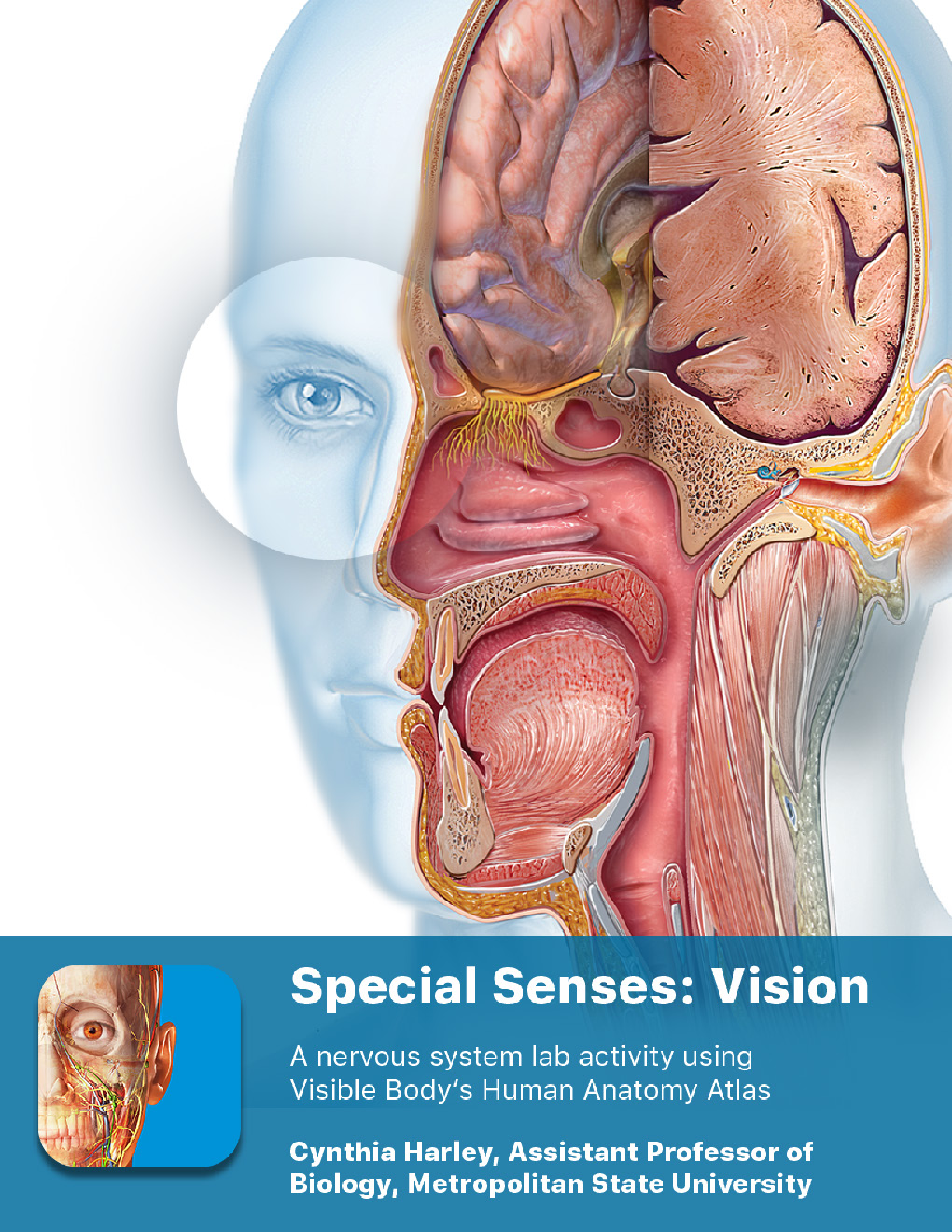

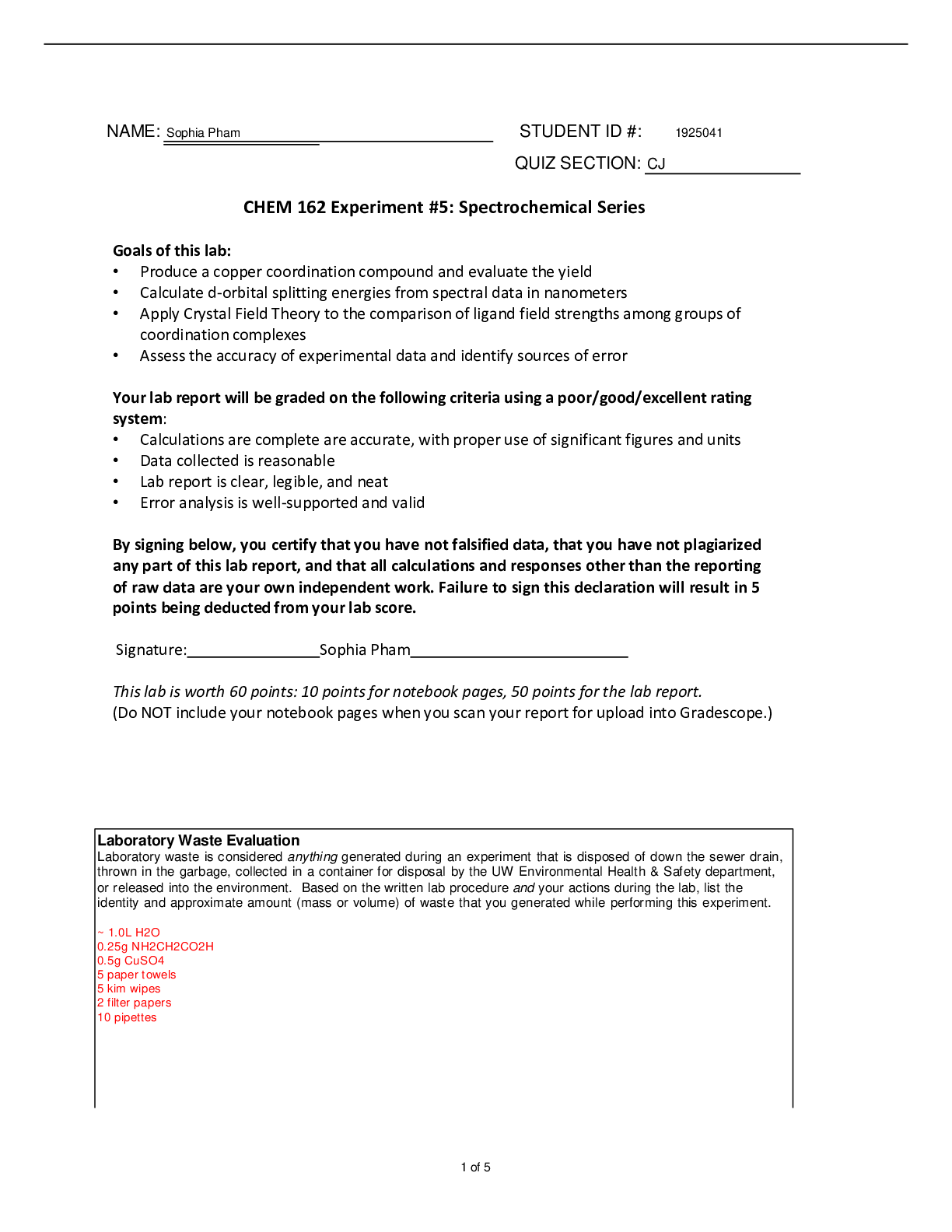
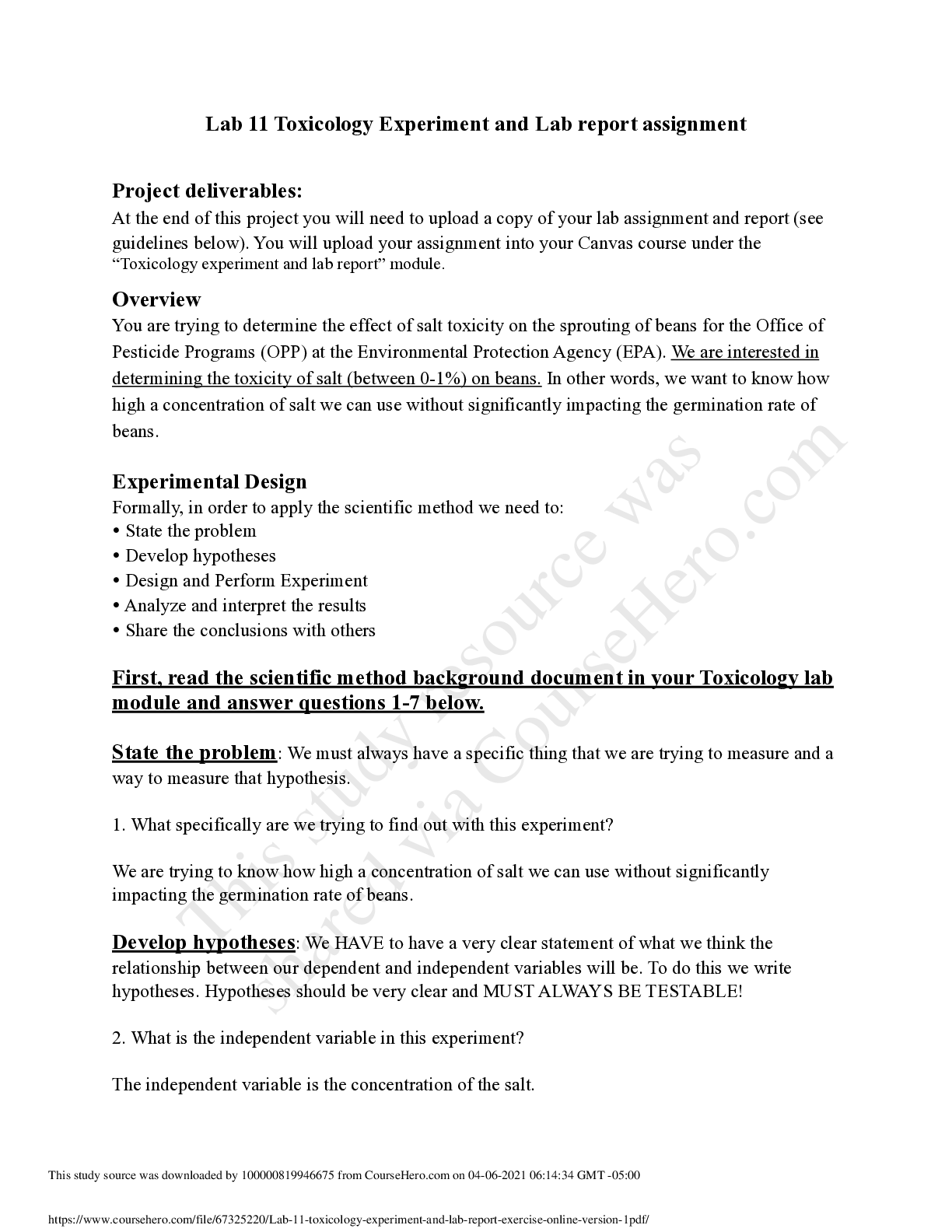
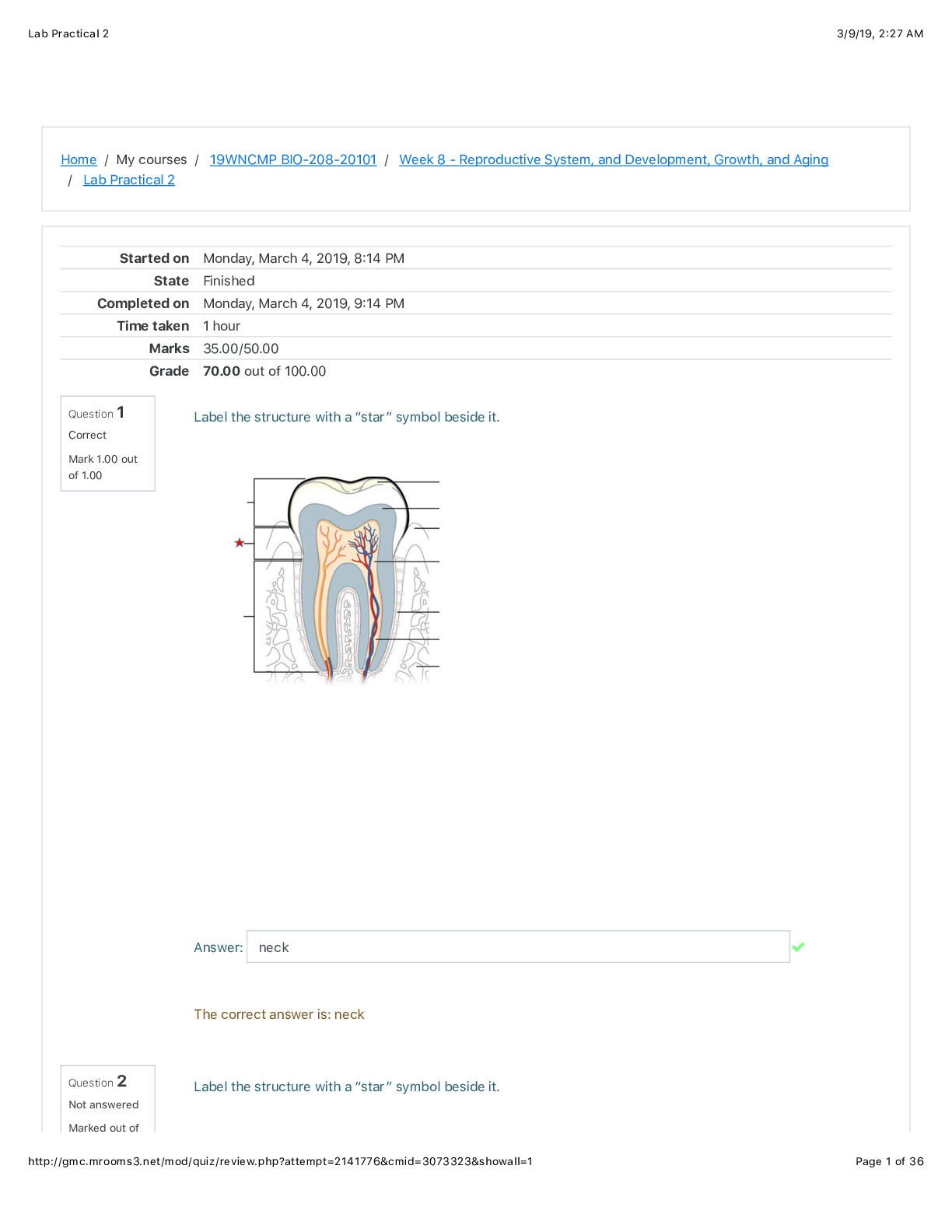



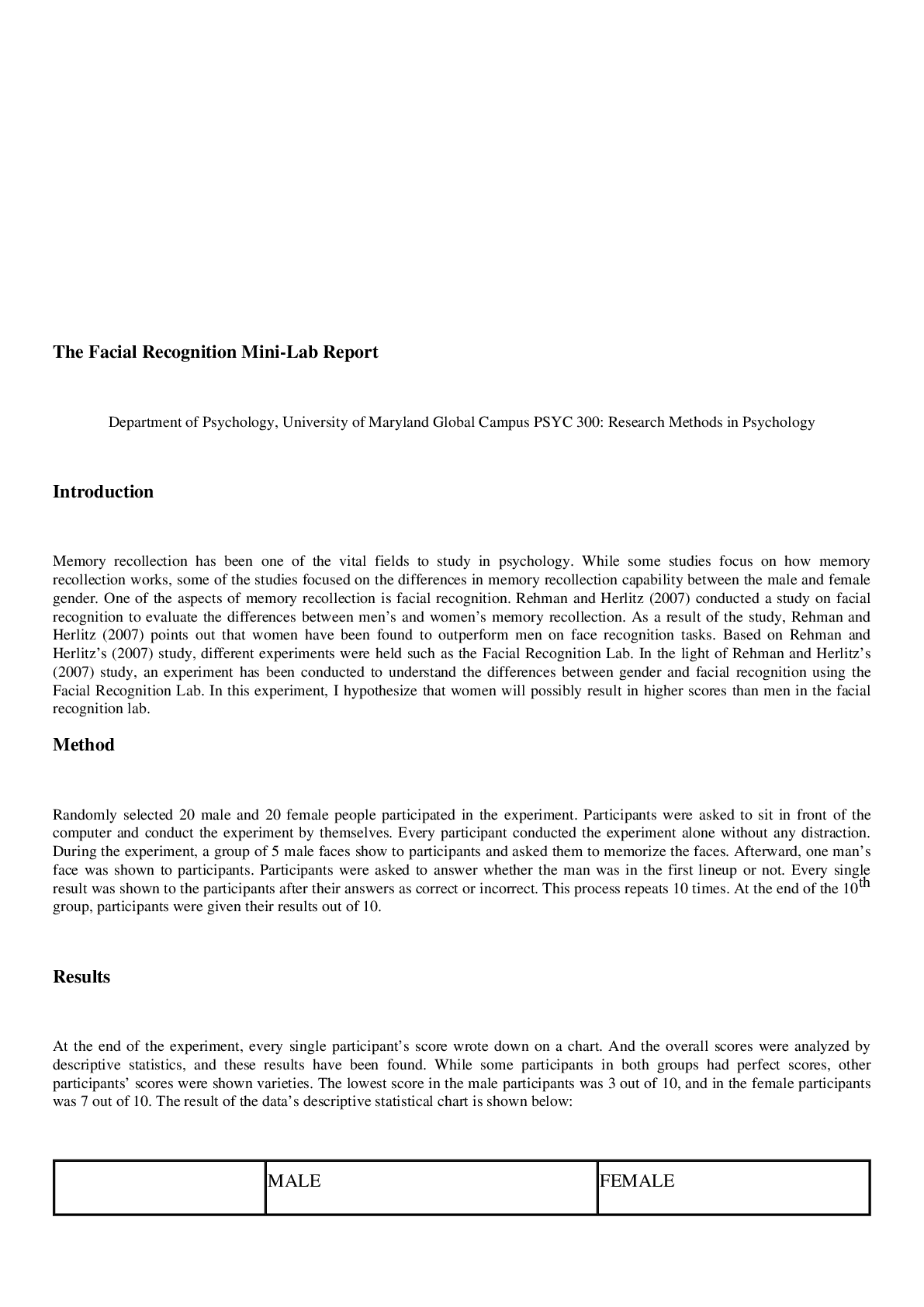
 (1).png)
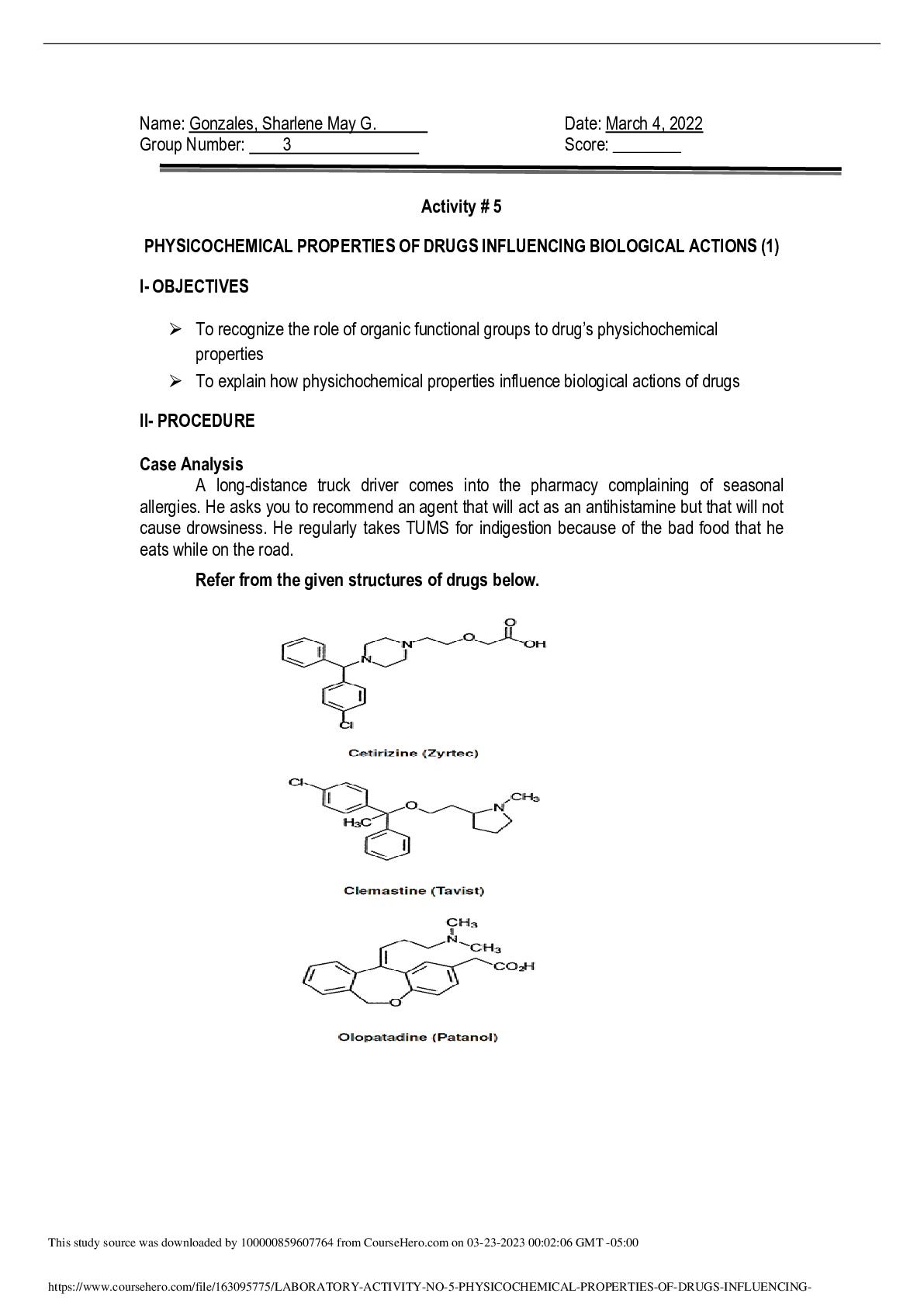
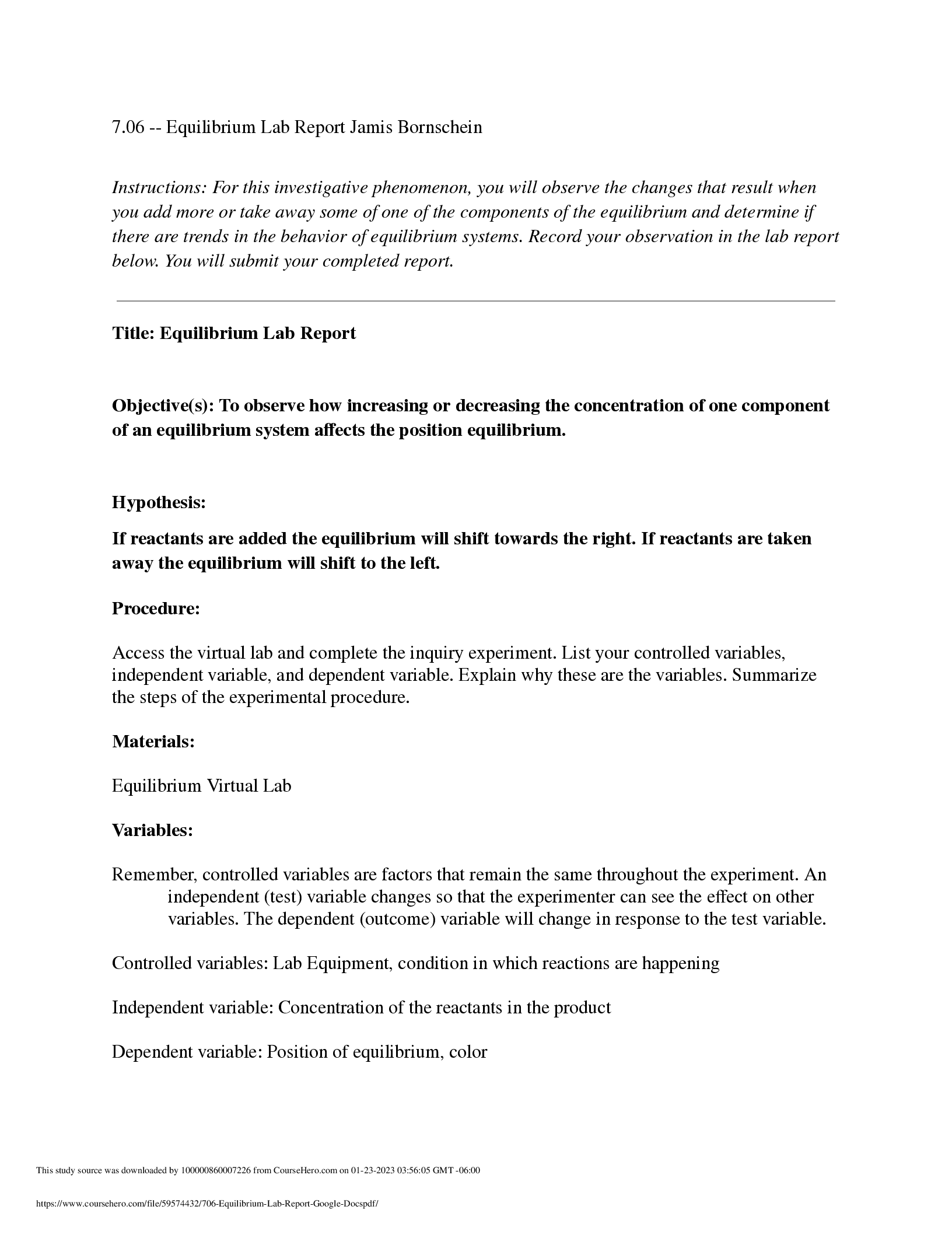
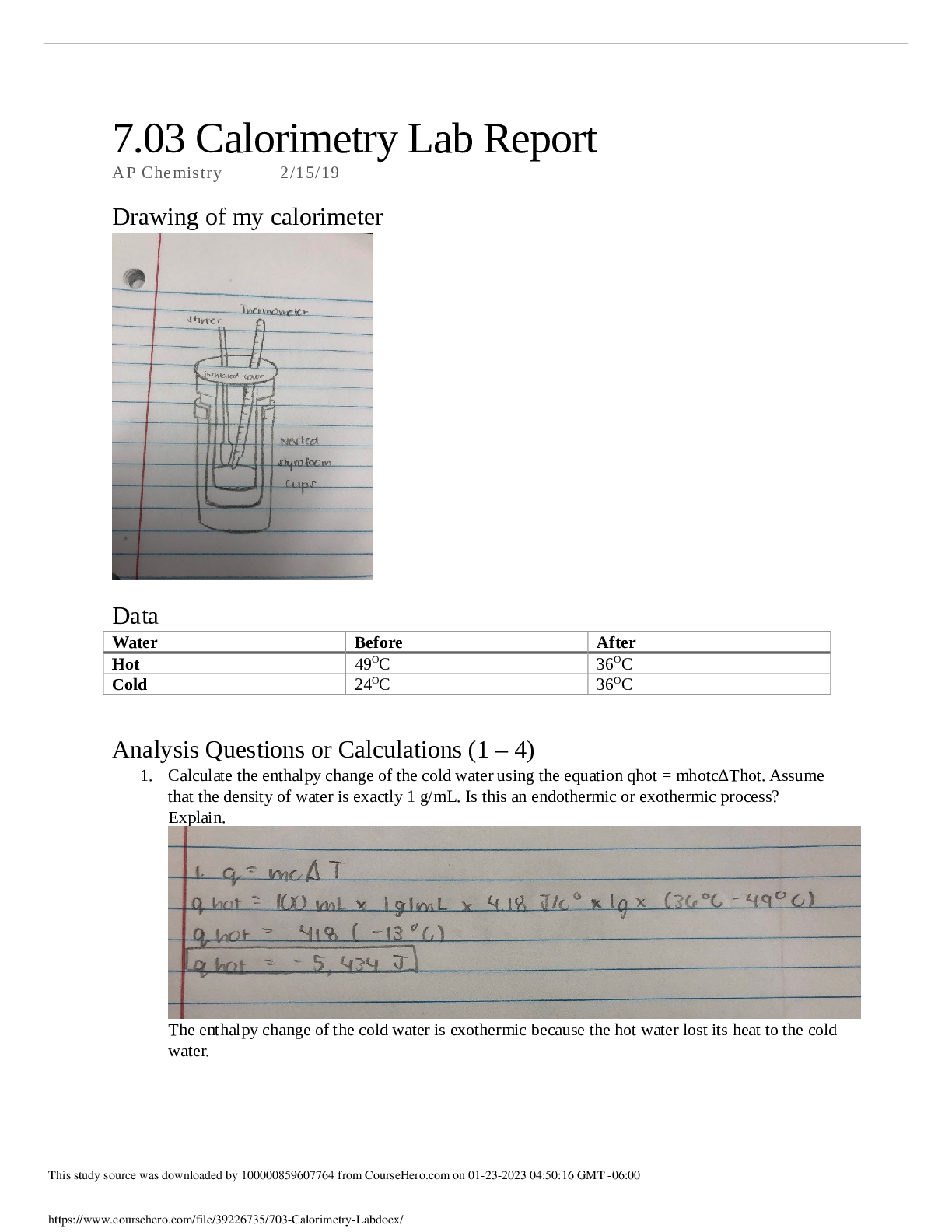



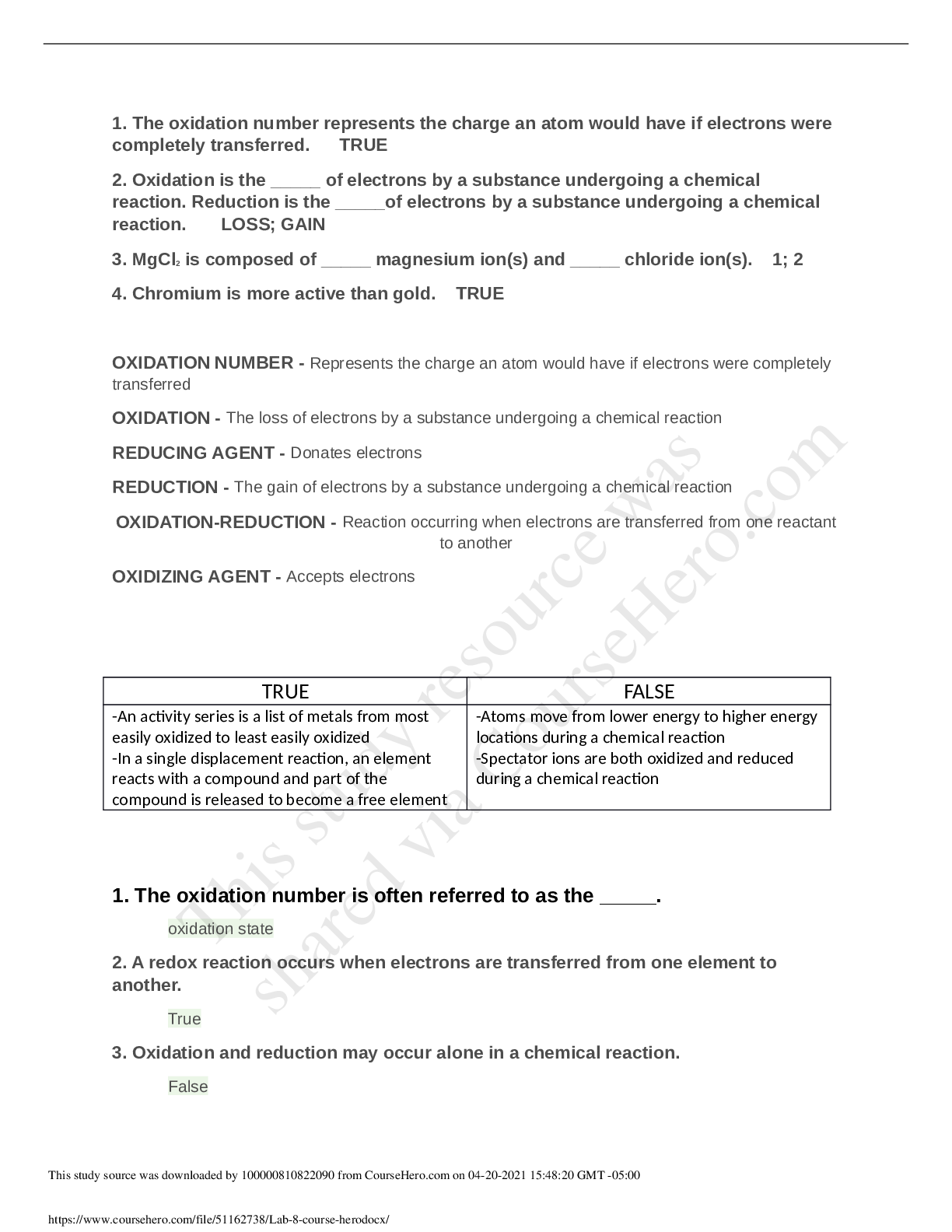

.png)
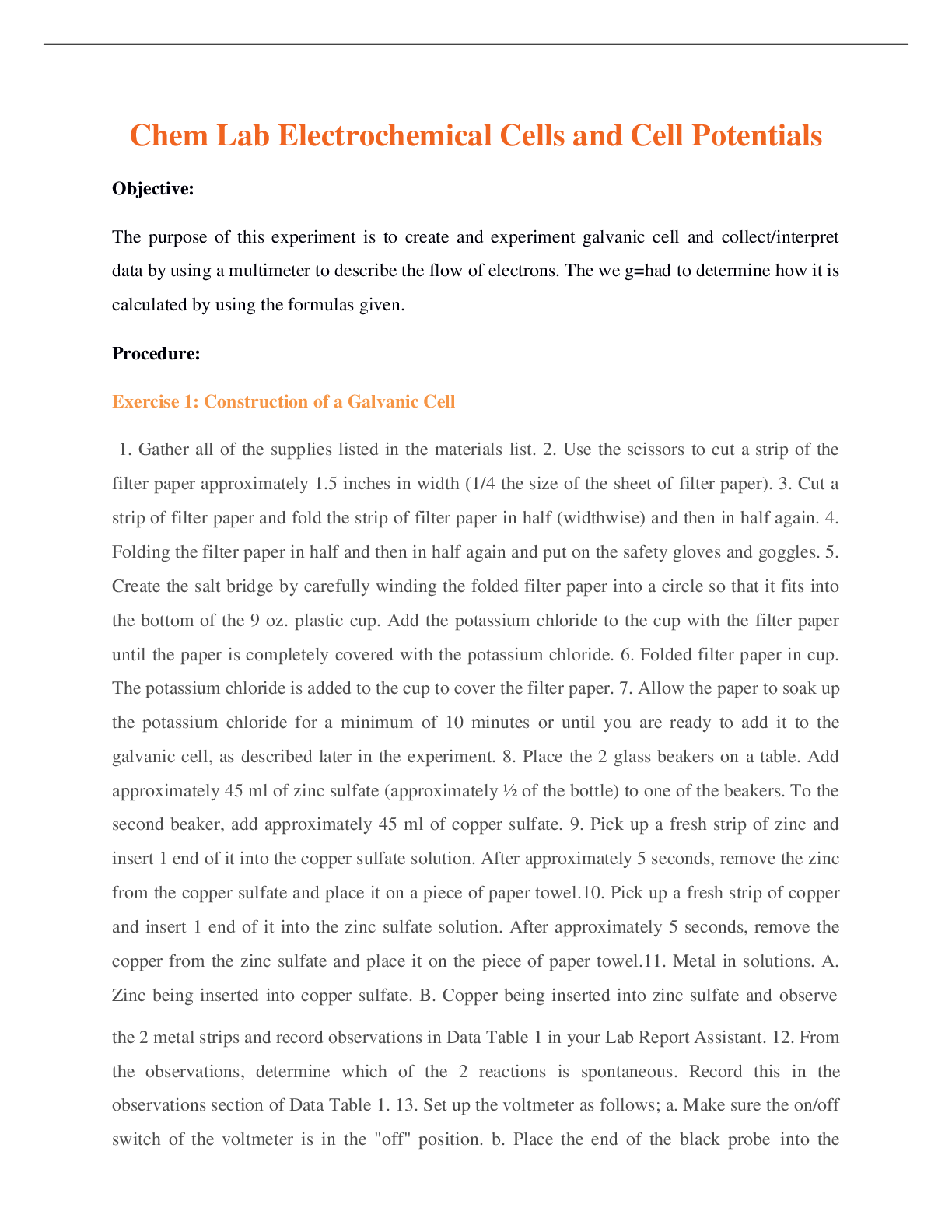
.png)

